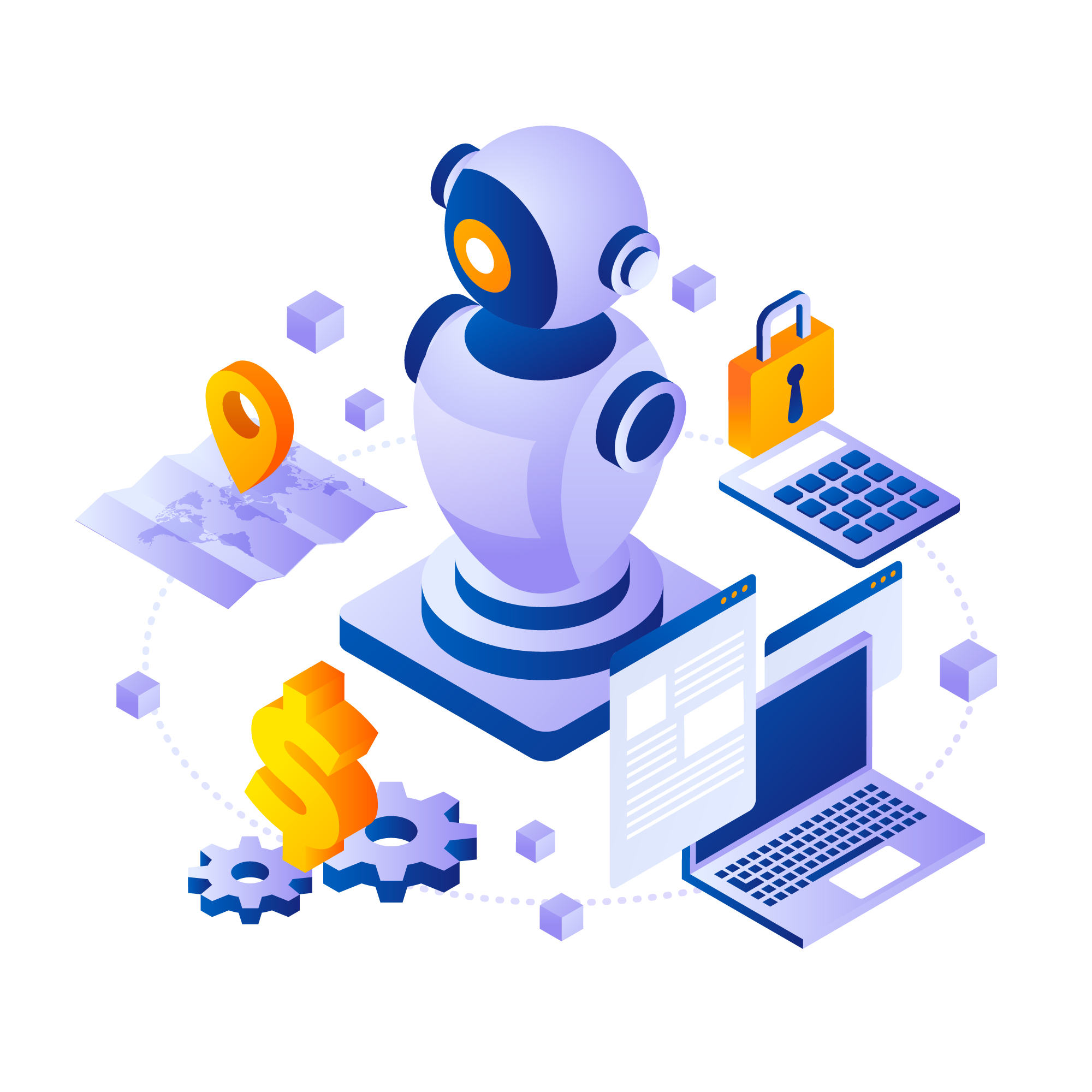In the sprawling arena of modern finance, two titans clash beneath the glowing screens and streaming data: artificial intelligence and human crypto traders. As digital currencies gyrate with astonishing speed and volatility, the question arises-can algorithmic bots, armed with machine learning and lightning-fast calculations, truly outwit the market’s unpredictable twists? Or does the intuitive, often gut-driven approach of seasoned traders still hold sway? This exploration delves into the captivating duel between code and cognition, seeking to uncover whether AI can rise above intuition to become the ultimate strategist in the world of crypto trading.
The Rise of Algorithmic Intelligence in Trading
In recent years, the financial landscape has witnessed a seismic shift as algorithmic intelligence moves from peripheral support roles into the core of trading strategies. These intelligent bots, powered by sophisticated machine learning models and real-time data analysis, execute trades across volatile crypto markets with a precision that often outpaces human reflexes. The advantage lies not only in speed but in the sheer ability to process vast datasets, uncover hidden patterns, and adapt to evolving market conditions without emotional bias.
Key factors driving this transformation include:
- High-frequency trading capabilities: Bots can enter and exit positions within milliseconds, capitalizing on micro-fluctuations.
- Pattern recognition: Advanced algorithms detect subtle nonlinear trends invisible to even seasoned traders.
- Behavioral adaptation: Continuous learning allows models to refine strategies based on market feedback.
- Risk management automation: Algorithmic systems dynamically adjust exposure, mitigating potential losses during high volatility.
| Aspect | Human Traders | Algorithmic Bots |
|---|---|---|
| Speed | Seconds to minutes | Milliseconds |
| Emotion | Influenced by sentiment | Emotionless execution |
| Data Processing | Limited scope | Massive, real-time |
| Adaptability | Slower reactivity | Continuous learning |

Understanding the Strengths and Limitations of AI Bots
AI bots, at their core, excel in processing vast amounts of data at lightning speed. Unlike human traders who can be swayed by emotions or cognitive biases, these algorithms operate purely on logic and pattern recognition. They thrive in environments where historical data and market signals can be mined extensively, making them particularly strong in executing repetitive tasks like monitoring price fluctuations, identifying arbitrage opportunities, and performing high-frequency trades. Their ability to tirelessly process and analyze multiplatform data streams in real-time grants them an edge when rapid decision-making is crucial.
However, these advantages come with inherent limitations. AI bots lack intuition and contextual understanding-something human traders rely on when navigating unexpected market news or geopolitical shifts. They can misinterpret anomalies or rare events as noise, leading to suboptimal decisions. Additionally, AI’s effectiveness hinges on the quality and diversity of its training data; biased or incomplete datasets can skew predictions dramatically. Below is a quick overview of these strengths and constraints:
- Strengths: Speed, data processing, emotionless decision-making, consistency
- Limitations: Context sensitivity, adaptability to unprecedented events, dependence on data quality

Strategies for Integrating AI with Human Market Insights
Blending the analytical prowess of artificial intelligence with the nuanced understanding of human traders creates a synergy that’s hard to beat. AI excels at processing vast datasets at lightning speed, identifying patterns that might go unnoticed by even the most seasoned traders. Yet, human intuition interprets market sentiment, geopolitical shifts, and unpredictable news events-factors that algorithms alone can struggle to quantify. By combining these strengths, teams can leverage real-time data crunching alongside contextual judgment, constructing strategies that adapt fluidly in the face of volatility.
Effective integration requires a balance between automation and human insight, achievable through methodologies such as:
- Collaborative dashboards: Interfaces where AI-generated signals are reviewed and adjusted by analysts.
- Feedback loops: Systems where trader decisions feed back into AI models, refining future predictions.
- Scenario simulations: Joint testing environments where bots and humans stress-test strategies against hypothetical market shifts.
| Aspect | AI Strength | Human Strength |
|---|---|---|
| Data Processing | High-speed pattern recognition | Contextual interpretation |
| Adaptability | Algorithm updates | Intuition & creativity |
| Decision-making | Rule-based consistency | Emotional and social factors |

Best Practices for Mitigating Risks in Automated Crypto Trading
Navigating the volatile waves of crypto trading with automated bots requires more than just cutting-edge algorithms. It’s essential to embed robust safeguards that prevent substantial losses when the market takes a sudden dive. One of the key approaches is implementing dynamic stop-loss thresholds that adapt based on real-time volatility rather than static percentages. Coupling this with multi-layered risk assessments enables bots to evaluate market conditions across various timeframes and assets before committing trades. Additionally, integrating a diversification strategy can protect portfolios by spreading exposure over multiple cryptocurrencies and trading pairs, reducing the impact of a single asset’s drop.
Beyond algorithmic controls, continuous monitoring and iterative updates provide essential resilience. Developers and traders should establish routine code audits and performance backtesting to uncover potential vulnerabilities and optimize parameters under changing market scenarios. To make such risk mitigation transparent and manageable, the following table outlines essential practices and their primary benefits:
| Practice | Benefit |
|---|---|
| Adaptive Stop-Loss | Prevents excessive drawdowns by reacting to volatility shifts |
| Diversification | Limits risk concentration on a single asset or trading strategy |
| Continuous Backtesting | Ensures algorithm relevance under evolving market dynamics |
| Real-Time Monitoring | Allows quick intervention before losses escalate |
Key Takeaways
As the digital age accelerates, the clash between AI-driven bots and human crypto traders unfolds like a high-stakes chess match on a virtual board. While algorithms process data at lightning speed and execute trades with mechanical precision, the human element-intuition, emotion, and experience-remains an unpredictable force. Whether AI will ultimately outsmart the market or coexist as a powerful tool in a trader’s arsenal is a narrative still in motion. One thing is certain: in the ever-evolving landscape of crypto trading, the fusion of man and machine will continue to redefine the rules of the game, challenging our notions of intelligence, strategy, and decision-making in unprecedented ways.



